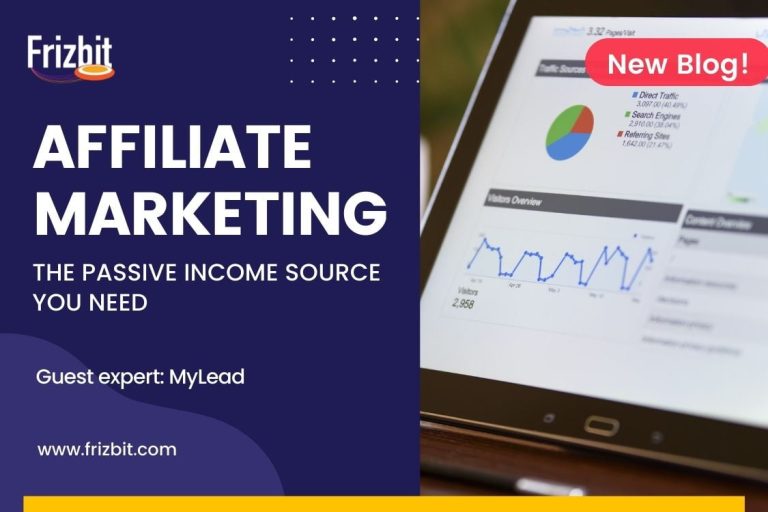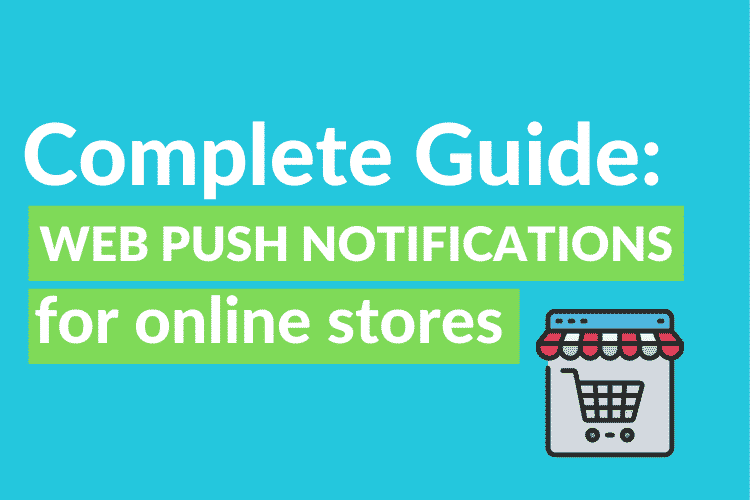Solutions
marketing for online stores
Dream Tech Stack for E-commerce with top eCommerce tech startups of Barcelona
25 July 2022

Affiliate marketing: the passive income source you need
11 June 2022

Guide: How to use Push Notifications for Online Stores
12 January 2021
